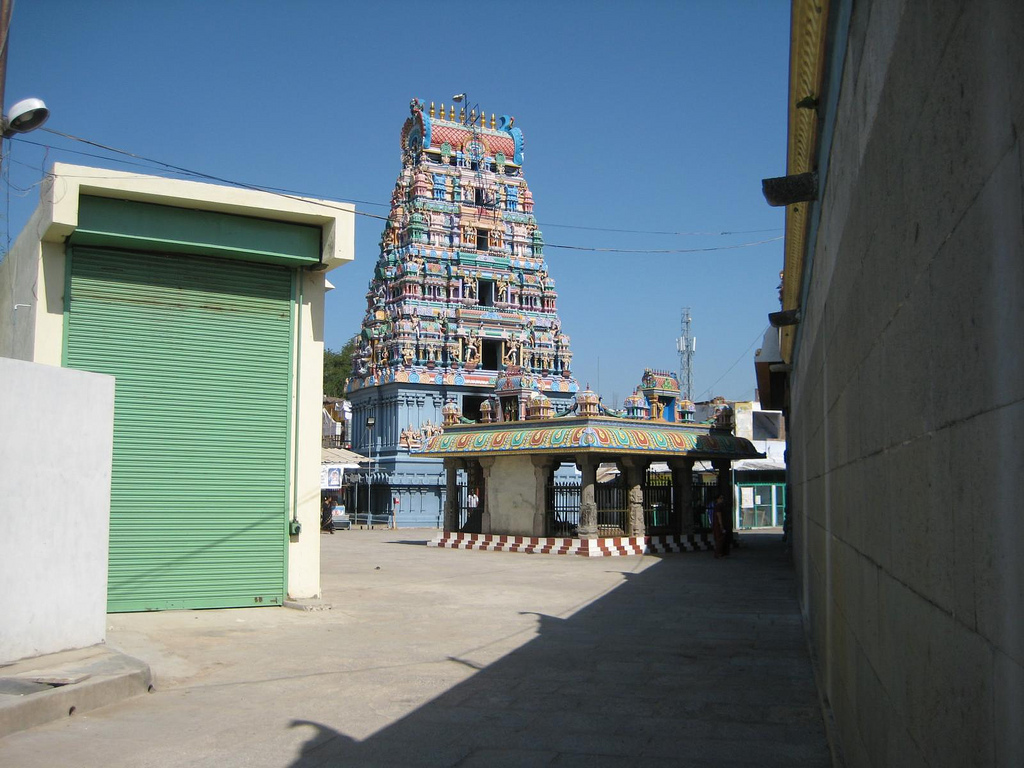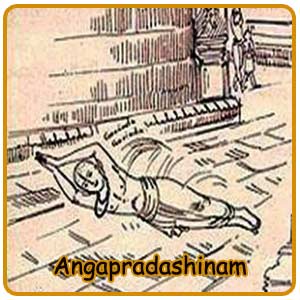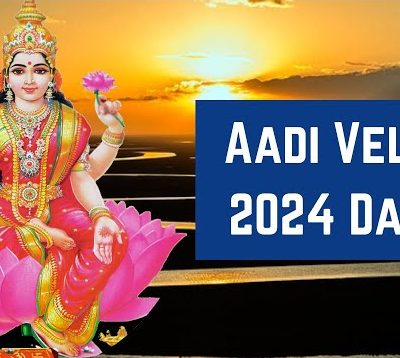Kumarakottam Subramaniya Swāmi Temple, Kanchipuram

Address
Kumarakottam Subramaniya Swāmi Temple, Kanchipuram
Merku raja street, Kumarakottam,
Periya Kanchipuram,
Kanchipuram District, Tamil Nadu 631502
Moolavar
Subramaniya Swāmi
Amman
Valli and Devasena
Introduction
The Kumarakottam Temple is located in Kanchipuram district, Tamilnadu, India. It is dedicated to Murugan, the war god and the son of the god Shiva and his wife Parvati. The temple is also known as the Subramanyam Swamy Temple. The ancient temple was rebuilt in its present form in 1915. This Temple is located in Kanchipuram, one of India’s seven “moksha-puris” or sacred cities where salvation may be obtained. It is just half a kilometer to the northwest of the bus stand, on the west Raja Street at the north end of which is the Sankara Matham and at the south end is the Kachabeswarar Temple. A noteworthy feature is that all the deities of Kanchipuram, when they come out in procession during festivals pass before Kumara Kottam Temple invariably. Arunagirinathar, who authored the ‘Thirupugazh’ in praise of Lord Muruga, has composed the Thirupugazh song ‘Arivilappittar’ eulogizing Lord Muruga presiding over this temple.
Puranic Significance
The Tamil version of Skanda Purana (the story of Lord Subramanya/ Murugan, the son of Lord Shiva) was composed by the saint scholar Kachiappa Sivachariyar in this temple. Another highlight of the temple is that the famous ‘Thirupugazh’ was composed by Arunagirinathar in praise of Lord Murugan in this temple. The temple belongs to Chola period. The Temple is believed to be more than 1500 years old.
Lord Muruga correcting Kachiappar’s Kandha Puranam by himself:
In this temple, the sacred Kanda Puranam in praise of Lord Muruga was composed by the saintly scholar Kachiappa Sivachariyar. According to the account of Kachiappa, each day he would write his inspired account of the career of Lord Murugan or Skanda, and in the evening deposit his day’s work in the Mulasthanam of Lord Subrahmanya at Kumara Kottam. Each night, miraculously, the Lord himself would modify Kacciappa’s manuscript with his own corrections. Hence, the Kanda Puranam is considered to be the absolutely authoritative account of Lord Murugan’s career bearing the seal of approval of none other than the Lord himself. Kandapuranam was staged here in a Mandapam which is in good condition even today.
Lord Muruga imprisoning Brahma:
Brahma, who was returning from Kailash after worshipping the Lord there, passed by Lord Muruga on the way and ignored him as if he had not seen him. This enraged Muruga who enquired Brahma his name, whereabouts and his occupation and his knowledge of books. Brahman introduced himself and said that his (Lord Muruga’s) father had taught him all arts an ordained him to create the world and that he was doing that living in Sathyaloka. Lord Muruga accepted it and asked Brahma the ‘Word’ that precedes all there and the meaning of that word. Brahma pleaded ignorance and craved for mercy. Lord Muruga ordered that Brahma be imprisoned for not knowing the meaning of ‘OM’. Lord Subramaniyar adorned himself with a garland of Rudhratcha Seeds and with a Kamandala carried on with the work of creation. In this temple the Moolavar holds in his hand a garland of Rudhratcha Seeds and Kamandala. In this Kumara Kottam Temple, Lord Muruga installed himself in the sanctum in the ‘Creator’ (Brahmasasta) form.
Muruga worshipped Shiva to get rid of his sin by imprisoning Brahma:
The extension of the legend above states that Lord Shiva ordered Murugan to release Brahma. Murugan worshiped Shiva Linga to get rid of his sin of punishing Brahma. Linga is found in the temple in the name of Senapateeswarar.
Murugan guiding Pamban Swamigal to Kumarakottam:
A 20th century period scholar named Pamban Swamigal came to Kanchipuram. When he could not find out the location of Kumara Kottam temple, it is said that Lord Murugan himself took the form of a boy and guided the saint to this temple.
Story behind Vishnu Shrine next to Murugan Shrine: There is also a little known legend associated with Vishnu related to this site. When there was a disastrous flood all over the world, the sage Markandeya swam through and reached Kanchipuram. The city was the only place which was not affected by the flood. Lord Vishnu followed the sage and he too reached Kanchipuram. He bathed in the holy waters of the temple and worshiped Lord Subramanya of Kumara Kottam temple. As per his request, Lord Subramanya made him to be present next to his shrine in the same temple. There is a separate shrine for Vishnu called as Ullam Urugum Perumal in this temple
Special Features
The Subramanyar here was worshipped by Sage Agasthiar. Though this is a Murugan temple, Lord Shiva as Arunachaleswarar with Abitha Kuchalambal and Sarabeswarar (in a pillar) are also present. Kanda Puranam in praise of Lord Muruga was composed by the saintly scholar Kachiappa Sivachariyar in Kandapuranam Mandapam located in this Temple. Kumara Kottam temple has a separate shrine for Lord Vishnu called as Urugum Ulla Perumal. Six worship services are carried out each day here. The annual festival is celebrated here in the month of Vaikasi (as with the Varadaraja perumal temple in Chinna Kanchi) and Skanda Sashti in the Tamil month of Aippasi.
Kumara Kottam is a well visited temple with two prakarams and a complete pantheon of parivara devatas enshrined in their respective shrines. The Karthikai asterism each month attracts large crowds. The temple, as now rebuilt, has the temple pinnacle (shikara) above the main sanctum (garbhagriha), which is built in granite and is in the shape of a dome called the chakravimanam (circular dome) which is a Chola period structure. The corbels and the pilasters with epigraphs decorate the walls of the temple.
The central image of Murugan is uniquely depicted as Brahma-Shasta, holding a kamandalu (water pot) and beads of Rudraksha. The linga worshipped by Murugan is deified in a separate shrine within the temple complex and is called Devasenapatisar or Senapatisvara. It is to be noted that there is no separate shrine to Ambal in any of the Shiva temples at Kanchipuram, and that the Somaskanda shrine at the Ekambareswarar temple is of great significance.
The priests here are said to come down the lineage of Kachiappa Sivachariyar associated with the Skanda Puranam. The temple has west facing tower (Raja gopuram). The sanctum sanctorum enshrines Murugan. He has two arms and is found in the standing posture. His sculpture is exceedingly attractive. As stated above, he is in the form of Brahma Shasta.
Only few temples depict this form of Murugan and it is considered to be unique and rare form. The main shrine has a long ardha mandapa and maha mandapa apart from the sanctorum. Near the tower, the flag staff, Bali peetham and peacock vahana are found facing towards the main shrine. The entrance of the temple’s area enclosing the main shrine and inner prakara has the sub-shrine enshrining big idol of Ganesha.
The temple has two prakarams around the main shrine. The outer prakara is open space whereas the inner prakara has many sub-shrines and idols. The mandapa where Kachiappa Sivachariyar composed Skanda Purana is found in the outer prakara. In the maha mandapa, facing the presiding deity, the idols of Shiva Linga named Senapateeswarar and Santana Ganapati are situated.
The inner prakara has the following sub-shrines: · Palani Andavar with Ganesha at the entrance · Arumugam with Valli and Devasena – Utsava idols · Urugum Ulla Perumal (Vishnu) with his two consorts · Somaskanda – Utsava idols · Muthukumaraswamy – Utsava idols · Nava Veeras – Utsava idols · Gaja Valli – a combine form of Valli and Devasena – Utsava idol · Valli – Utsava idol · Devasena – Utsava idol · Murugan with his two consorts – Utsava idols.
The following idols are also situated in the inner prakara: · Nava Veeras · Pamban Swamigal · Ramalinga Adigal · Kachiappa Sivachariyar · Veerabhadra · Dakshinamurti · Vishnu · Chandikeshwarar · Navagrahas
Festivals
A popular festival held here is Kandha Shashti (in November), 6th day of waxing (brightening) half of the lunar month Kārtthigai, named after Murugan, also known as Skandha (Kandhan in Tamil). During the month of Kārtthigai (November–December) between the darker (waning) half and the brighter (waxing) half of Moon, celebrations are held in the temple when a very large number of lamps are lit in the temple. The worship in the temple is scheduled six times daily. In every lunar month on the days of the rising star of Kirutthigai festival is held in the temple when very large number of devotees offers prayers to the deity.















Century/Period
1000-2000 Years Old
Managed By
Nearest Bus Station
Kanchhipuram
Nearest Railway Station
Kanchipuram Junction
Nearest Airport
Chennai









